

CarExpert.com.au
The CarExpert team's favourite cars of 2025
4 Days Ago

News Editor
The redesigned Honda HR-V will launch here next year with a choice of two 1.5-litre four-cylinder engines, according to documents filed with the Australian Government.
Approval documents list two engines: a 1.5-litre hybrid four, codenamed RV5, that’ll be used in the HR-V e:HEV, and a 1.5-litre petrol four codenamed RV3.
That indicates we’re likely to receive the same powertrains used in the Japanese-market HR-V, known as the Vezel.
Honda has confirmed the HR-V will arrive in e:HEV hybrid guise in the first half of 2022, with a “small gap” before the petrol touches down locally.
The 1.5-litre petrol used in Japan produces 87kW of power at 6600rpm and 142Nm of torque at 4300rpm and is mated with a continuously-variable transmission (CVT).
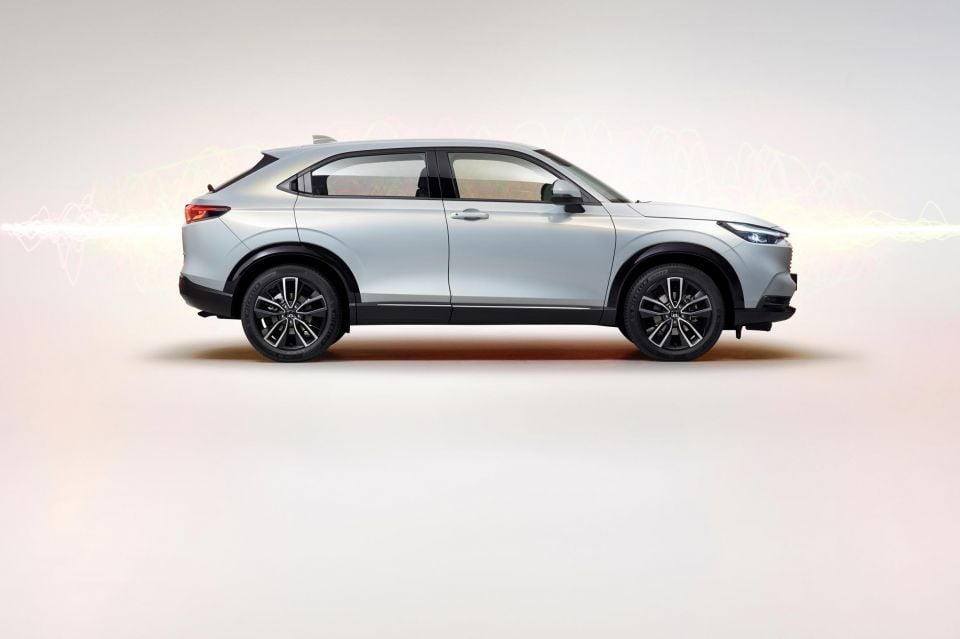
Those outputs are down 18kW and 30Nm on the current car’s naturally-aspirated 1.8-litre four.
Meanwhile, the e:HEV hybrid pairs a 1.5-litre petrol engine and two electric motors for total outputs of 96kW and 253Nm.
Claimed fuel economy is 5.4L/100km on the WLTP test cycle, and the e:HEV hits 100km/h in 10.6 seconds.
Unlike the redesigned Civic, it won’t launch with a one-variant range. Instead, there’ll be a range of trim levels.
The outgoing HR-V is available in four different trim levels, albeit with only one powertrain.
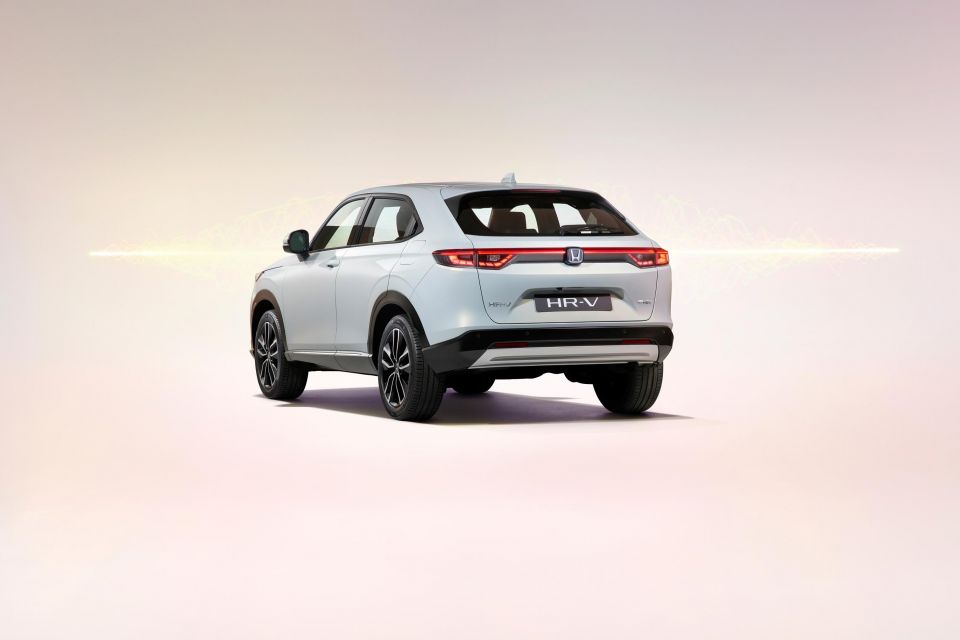
When it touches down, the new HR-V will be a critical cog in Honda’s new agency sales model.
The brand expects 90 per cent of its sales to be made up of SUVs moving forward, and the HR-V is currently its second-best seller behind the larger CR-V.
The new HR-V’s styling is more conservative than that of the current car, with clean, unadorned sides punctuated by a single, straight crease that runs from the headlights to the tail lights.
The headlights appear slimmer and more angular, while the grille consists of a series of horizontal, body-coloured bars. The bumper insert has a diamond pattern.
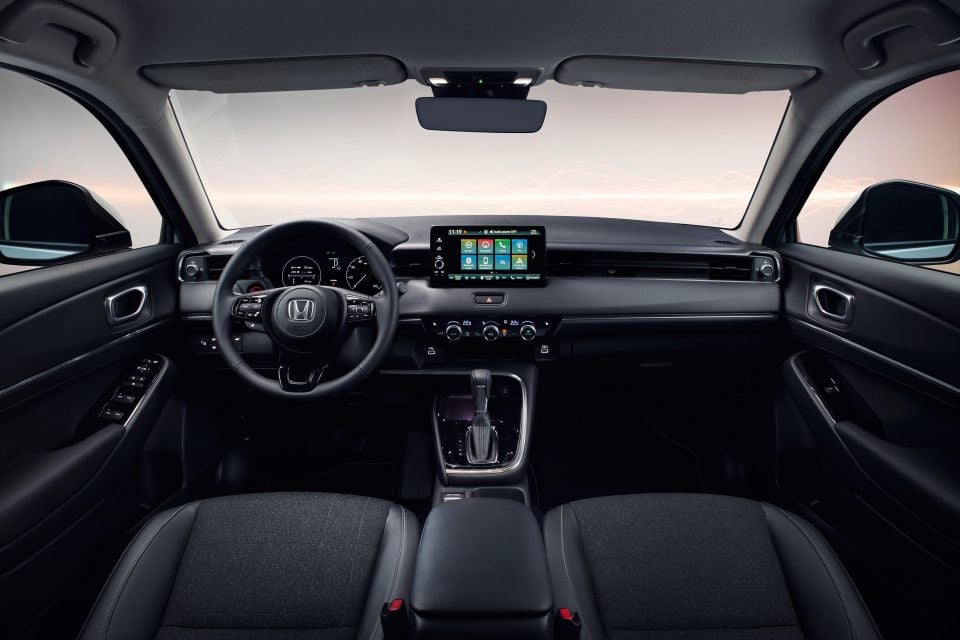
The tail lights are slimmer, too, and stretch from either side to meet the Honda badge in the middle.
Though it presents a different appearance to the current HR-V, there are some design elements carried over like the rear door handles mounted in the C-pillar.
Inside, there’s a similarly minimalist appearance, with a 9.0-inch tablet-style touchscreen infotainment system and air vents that blend in with a trim piece spanning most of the dashboard. Below that is a similarly wide stretch of soft-touch trim.
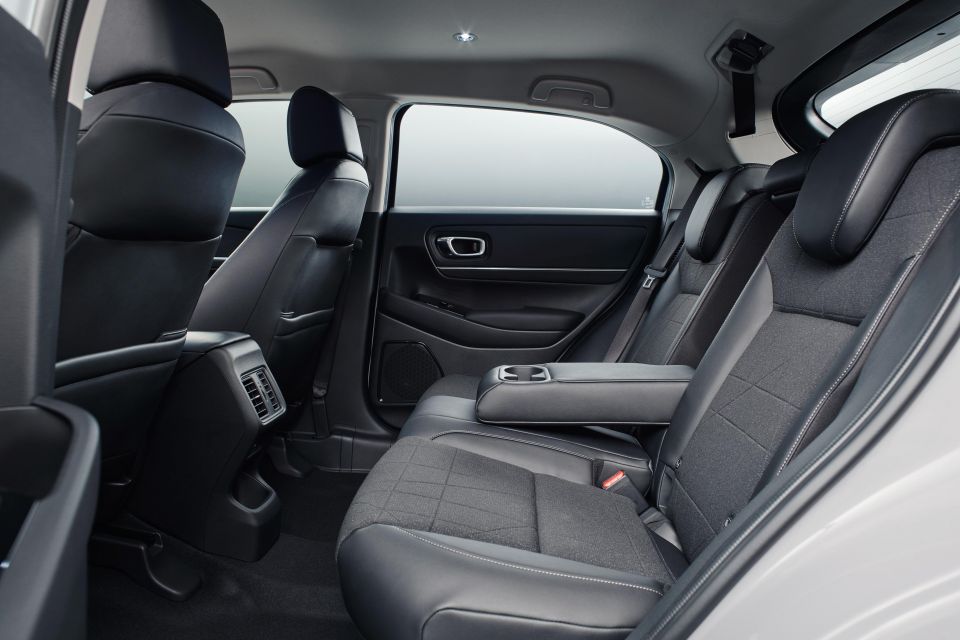
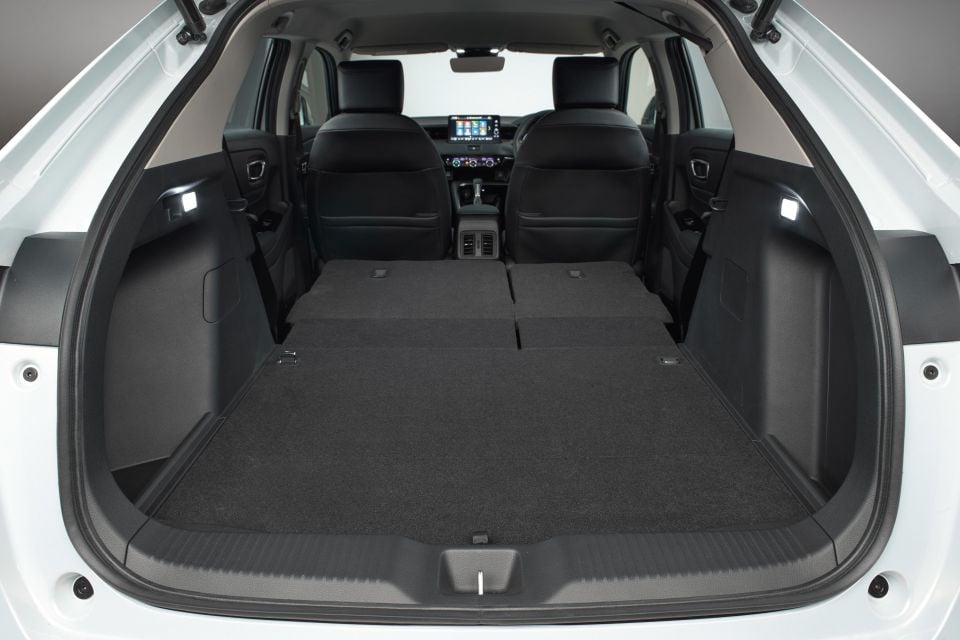
The HR-V retains Honda’s clever Magic Seats, while new options include a panoramic roof, surround-view camera and a power tailgate.
A Honda Digital Key app allows you to unlock your HR-V using your smartphone, while the satellite navigation system’s maps can now be updated over-the-air.
The adaptive cruise control has a traffic jam function, while other safety features include autonomous emergency braking, traffic sign recognition, and lane-keeping assist.
MORE: Everything Honda HR-V
Where expert car reviews meet expert car buying – CarExpert gives you trusted advice, personalised service and real savings on your next new car.
William Stopford is an automotive journalist with a passion for mainstream cars, automotive history and overseas auto markets.


CarExpert.com.au
4 Days Ago


Damion Smy
5 Days Ago


Damion Smy
5 Days Ago


Josh Nevett
5 Days Ago


Max Davies
5 Days Ago


Ben Zachariah
6 Days Ago